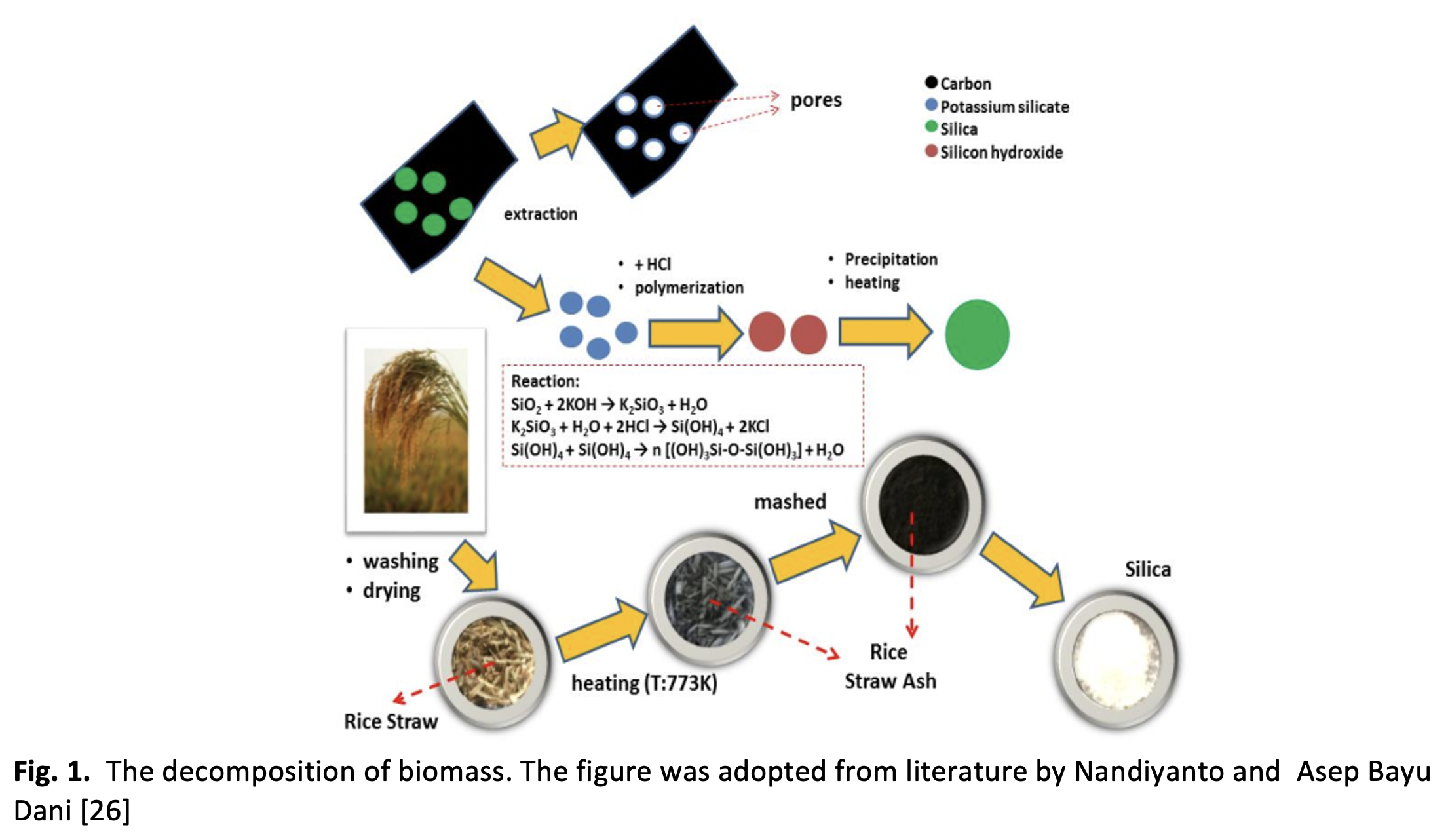Sustainable Biochar Carbon Biosorbent Based on Tamarind (Tamarindusindica L) Seed: Literature Review, Preparation, and Adsorption Isotherm
DOI:
https://doi.org/10.37934/araset.32.1.210226Keywords:
Adsorbate loading, Adsorption isotherm, Bioadsorbent, Biochar, Carbon, Curcumin dye, Organic waste, Particle size, Tamarind SeedsAbstract
In the need for a sustainable environment and clean water for assisting sustainable development goals (SDGs) in developing countries, this study demonstrates the way how to produce biochar carbon microparticles from tamarind seed waste and investigates the proposal mechanism during the adsorption by comparing results with ten adsorption isotherm models. In short, carbon microparticles (sizes of 500, 1000, and 2000 m) were prepared by carbonizing saw-milled tamarind seeds at 250 C. The adsorption was evaluated in the batch reactor for adsorbing curcumin (as a model of dye). The models confirmed the formation of a layer with physisorption characteristics and binding energy due to the existence of the Van der Waals force. The adsorption profile was also done by varying adsorbent sizes and initial adsorbate loadings. Small-sized adsorbents gave impacts the improvement of adsorption capacity due to the presence of a larger surface area, a larger number of adsorption sites, and additional adsorbate-adsorbate interaction. Fewer loadings of the adsorbate results in less adsorption efficacy due to the less adsorbate-adsorbent contact and interaction. Understanding the processes happening is beneficial for future advances and applications, such as catalysts and adsorbents, particularly concerning the utilization of carbon materials from organic waste.Downloads

Downloads
Published
2023-09-01
How to Cite
Asep Bayu Dani Nandiyanto, Meli Fiandini, Risti Ragadhita, Hanifa Maulani, Muthia Nurbaiti, Abdulkareem Sh. Mahdi Al-Obaidi, … Muhammad Roil Bilad. (2023). Sustainable Biochar Carbon Biosorbent Based on Tamarind (Tamarindusindica L) Seed: Literature Review, Preparation, and Adsorption Isotherm. Journal of Advanced Research in Applied Sciences and Engineering Technology, 32(1), 210–226. https://doi.org/10.37934/araset.32.1.210226
Issue
Section
Articles




























